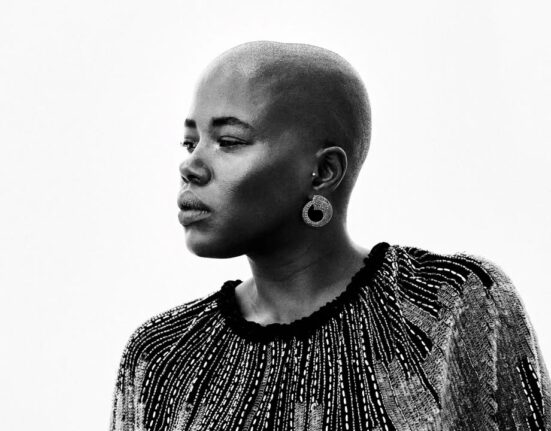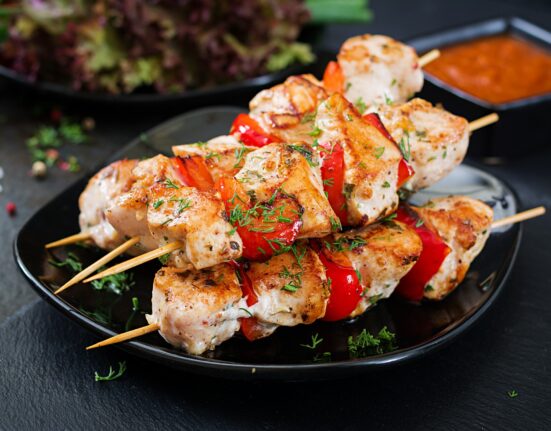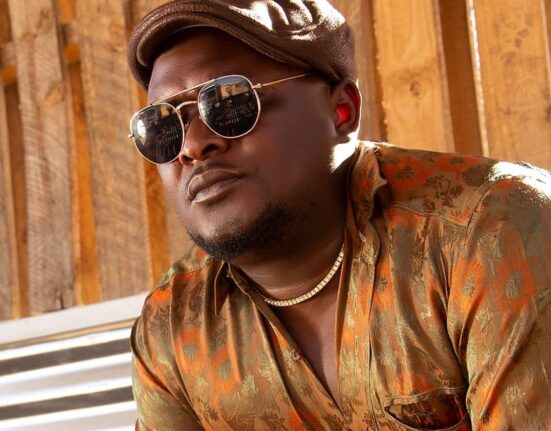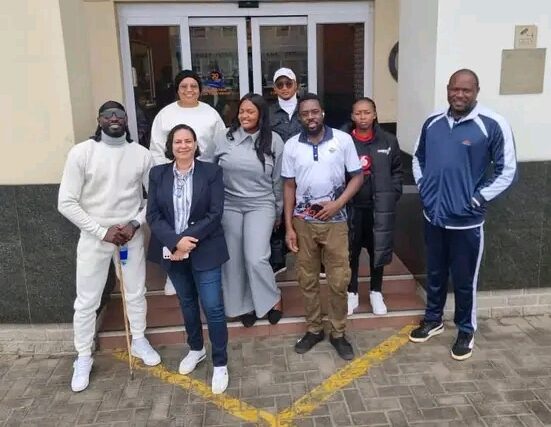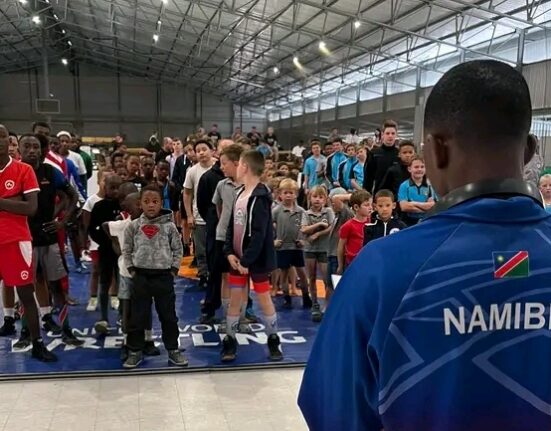The Ovambo people, one of the largest ethnic groups in Southern Africa, have a rich and fascinating history that stretches back for centuries. Today, they live primarily in northern Namibia and southern Angola, but their culture, language, and traditions continue to play an essential role in the social fabric of the region. This article delves into the history, culture, traditions, and modern-day challenges of the Ovambo people, offering insights into their past, present, and future.
Origins and History of the Ovambo People
The Ovambo people are part of the larger Bantu-speaking groups that migrated into southern Africa during the Bantu expansion, which occurred over several centuries. Historical evidence suggests that they are believed to have settled in the northern regions of Namibia and southern Angola by the 16th century, with the Ovambo kingdom playing a significant role in the region’s political, cultural, and economic landscape.
Before European colonization, the Ovambo lived in a series of independent kingdoms or chiefdoms, each governed by a king or paramount chief. These kingdoms were often involved in trade networks that extended across Southern Africa, trading in ivory, cattle, salt, and other goods. They had complex social structures, and the society was primarily agricultural, with communities relying on crops like millet, maize, and sorghum for sustenance.
The Ovambo people have a strong oral tradition, passing down their history, legends, and genealogies through storytelling. These narratives, which include tales of the gods and the founding of their kingdoms, helped to preserve their history long before the advent of written records.
Social Structure and Kinship
The Ovambo people are organized into clans, each with a specific ancestral lineage. Kinship is of paramount importance, and family ties form the foundation of Ovambo society. Extended families often live together in large homesteads, and family members are expected to provide support and care for one another, especially in times of crisis.
Traditionally, the Ovambo practiced polygamy, with men marrying multiple wives, often to strengthen political alliances or increase their labor force. However, the practice has declined in modern times, with fewer Ovambo men having multiple wives today.
The head of a family or homestead is typically the father or elder male, and respect for elders is deeply ingrained in Ovambo culture. Elders are revered as wise and experienced figures, and their advice is sought on important matters of family and community life.
Language and Communication
The primary language spoken by the Ovambo people is Oshiwambo, a group of closely related Bantu languages that include Oshindonga, Oshikwanyama, and Oshithimba. Oshiwambo is widely spoken in Namibia and parts of southern Angola, and it is a vital part of Ovambo identity. The language has several dialects, each with its variations in pronunciation, vocabulary, and grammar. Today, Oshiwambo is taught in schools, and it remains a central aspect of Ovambo culture.
In addition to Oshiwambo, many Ovambo people speak Afrikaans and English, particularly in urban areas where they interact with other ethnic groups. Despite the influence of colonial languages, Oshiwambo remains the language of choice in most rural communities, and it continues to be used in daily life, rituals, and storytelling.
Religion and Spiritual Beliefs
Religion plays a central role in the lives of the Ovambo people. Traditionally, they believed in a supreme god, Nyondo or Olufuko, who was seen as the creator of the universe. Ancestor worship was also an important practice, and ancestors were honored and consulted for guidance in both personal and communal matters. The Ovambo believed that the spirits of their forebears were capable of intervening in the affairs of the living, offering protection and blessing.
Rituals and ceremonies were an integral part of Ovambo religious practices. These included the Omashikwa (rainmaking rituals), which were vital for agricultural societies reliant on seasonal rains. Priests and priestesses, known as Shaman, performed these ceremonies, which were intended to ensure the fertility of the land and prosperity for the community.
Christianity was introduced to the Ovambo people during the colonial era by missionaries, and today, the majority of Ovambo people are Christians, with a mix of Protestant and Catholic beliefs. However, many continue to incorporate traditional spiritual practices into their daily lives, blending both Christianity and indigenous beliefs.
Traditional Clothing and Adornments
The Ovambo people are known for their unique and distinctive clothing, which reflects their cultural identity. Traditionally, men wear loincloths, while women wear skirts made of animal hides or woven fabrics. Both men and women also adorn themselves with beads, bracelets, and necklaces, which are not only decorative but also carry cultural significance, often indicating one’s social status, age, and marital status.
The Oshiwambo women’s traditional attire often includes a headdress made from woven grass, beads, and shells. This headdress, known as okutalitho, is an important symbol of a woman’s femininity, beauty, and status within the community.
In recent times, however, many Ovambo people wear Western-style clothing, particularly in urban areas, but traditional attire remains a vital part of cultural ceremonies, weddings, and other important events.
Traditional Cuisine
Food is an essential part of Ovambo culture, with meals often centered around staple crops like millet, maize, and sorghum. Traditional Ovambo dishes include mahangu (a type of millet porridge), omagungu (maize porridge), and ombidi (a spinach-like vegetable). Meat, particularly beef, goat, and chicken, is also an essential part of their diet, with communal feasts often featuring large portions of meat prepared through roasting or boiling.
In addition to these staples, the Ovambo people have a rich tradition of brewing and consuming palm wine and traditional beer, which are used in rituals, social gatherings, and celebrations.
Music and Dance
Music and dance are vital expressions of Ovambo culture, with both serving as a means of storytelling, entertainment, and spiritual expression. Traditional Ovambo music is characterized by rhythmic drumming, clapping, and the use of stringed instruments like the traditional Ovambo guitar.
Dancing is often performed during communal celebrations, harvest festivals, and religious rituals. The Eembu and Ohango dances, for example, are performed to honor ancestors, ask for blessings, and celebrate the harvest.
Music and dance also serve as social glue, bringing together family members, neighbors, and even people from other communities to celebrate life and connect with one another.
Contemporary Ovambo People and Challenges
While the Ovambo people have managed to preserve many of their traditions, they have also had to adapt to the modern world. Many Ovambo people now live in urban areas, particularly in Namibia’s capital city of Windhoek, where they engage in a wide range of professions and businesses. However, rural communities remain the cultural heartland of the Ovambo, and many continue to live in traditional homesteads, relying on farming for their livelihood.
The Ovambo people face several challenges, particularly in rural areas where access to education, healthcare, and modern infrastructure remains limited. However, many Ovambo are working hard to address these issues, striving for economic development, social mobility, and cultural preservation.
The Ovambo people, with their deep-rooted history, rich cultural traditions, and remarkable resilience, are an integral part of the social and cultural landscape of Southern Africa. Their legacy of farming, craftsmanship, oral history, and spirituality continues to shape their communities, even in the face of modern challenges. As the Ovambo people move forward, their traditions and values will undoubtedly continue to influence and inspire future generations, ensuring that their rich cultural heritage endures for many years to come.
Join 'Namibia Today' WhatsApp Channel
Get the breaking news in Namibia — direct to your WhatsApp.
CLICK HERE TO JOIN

